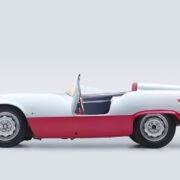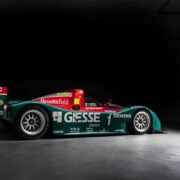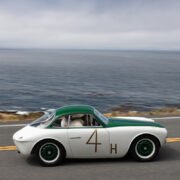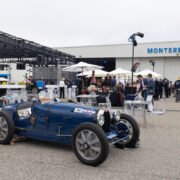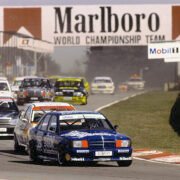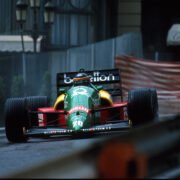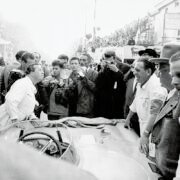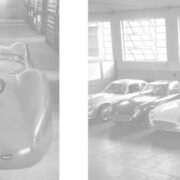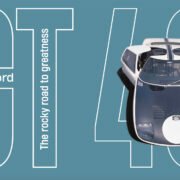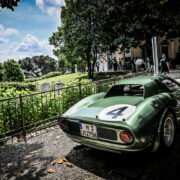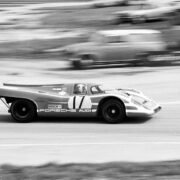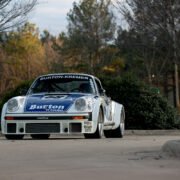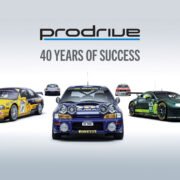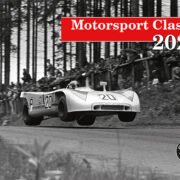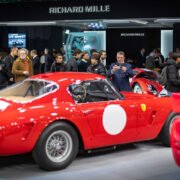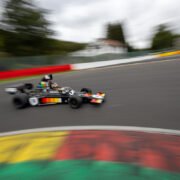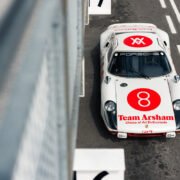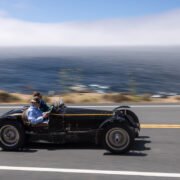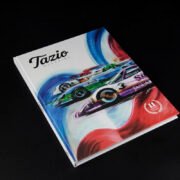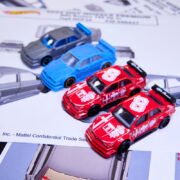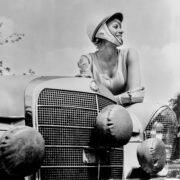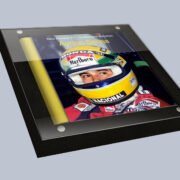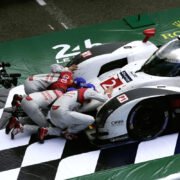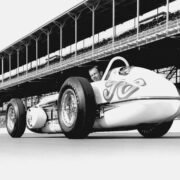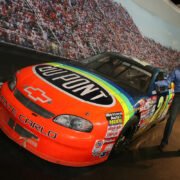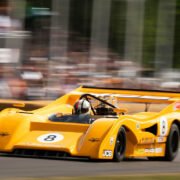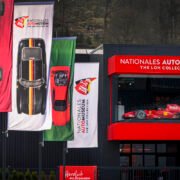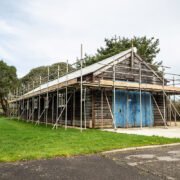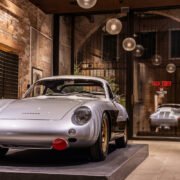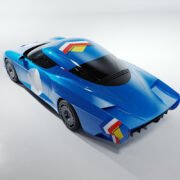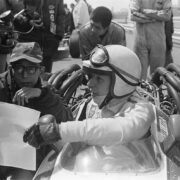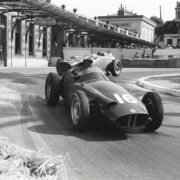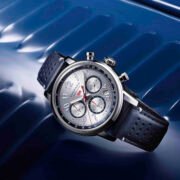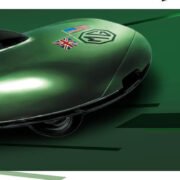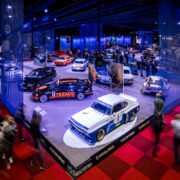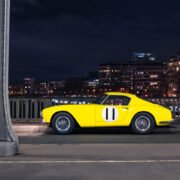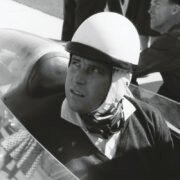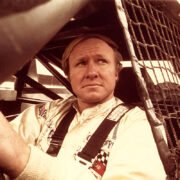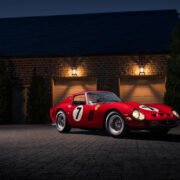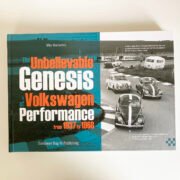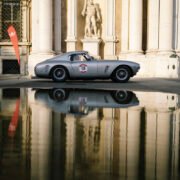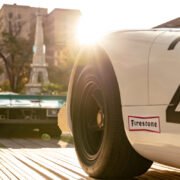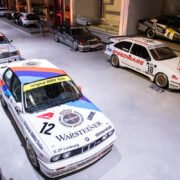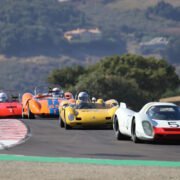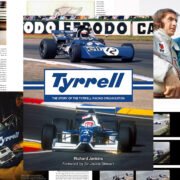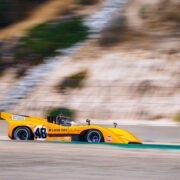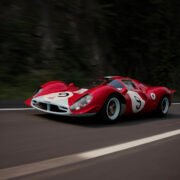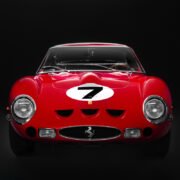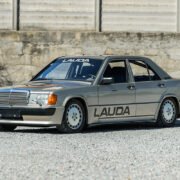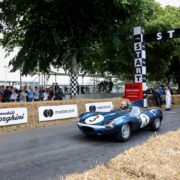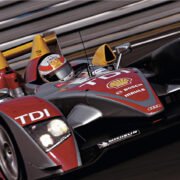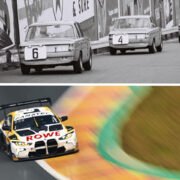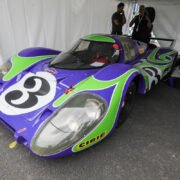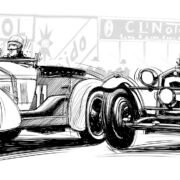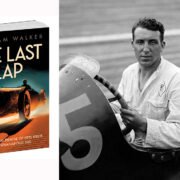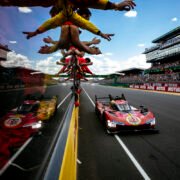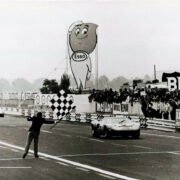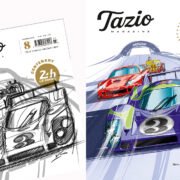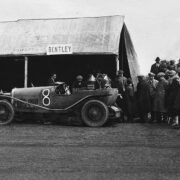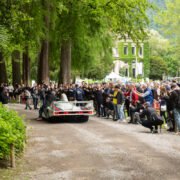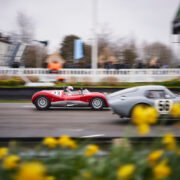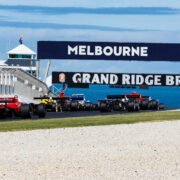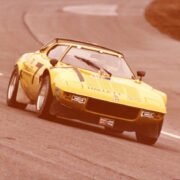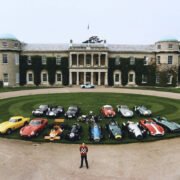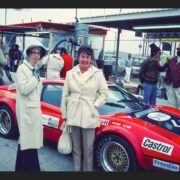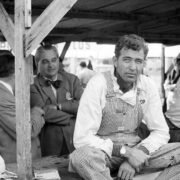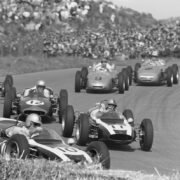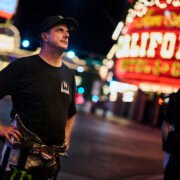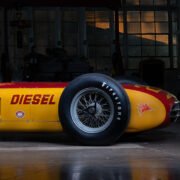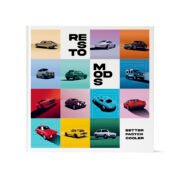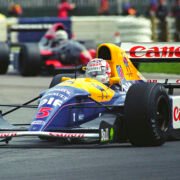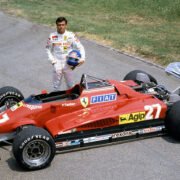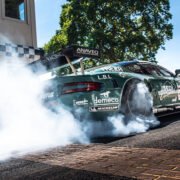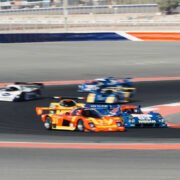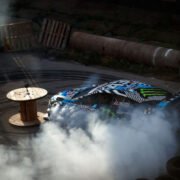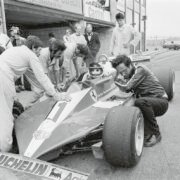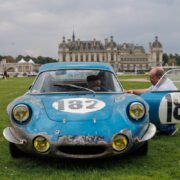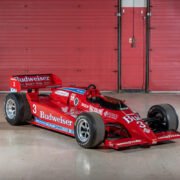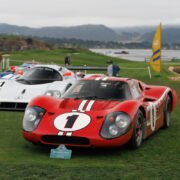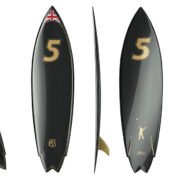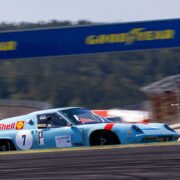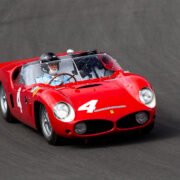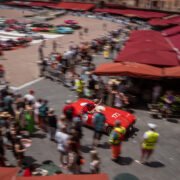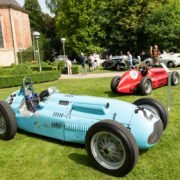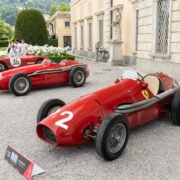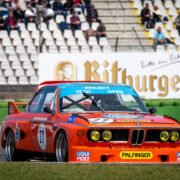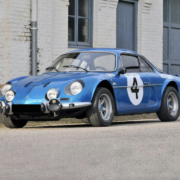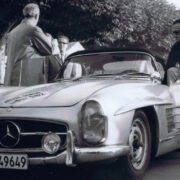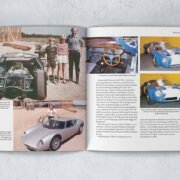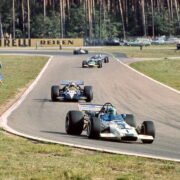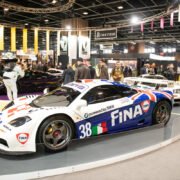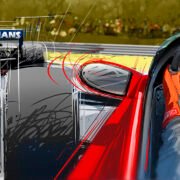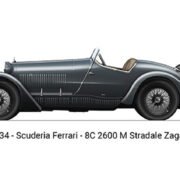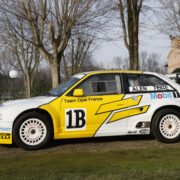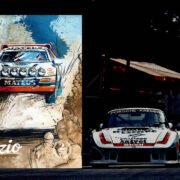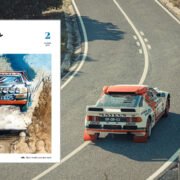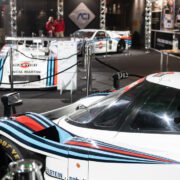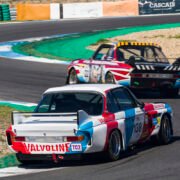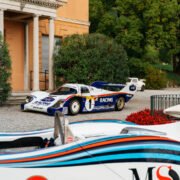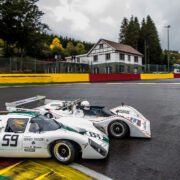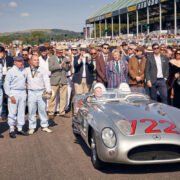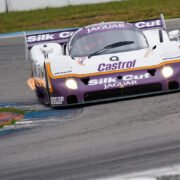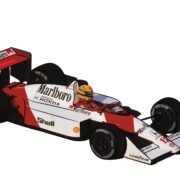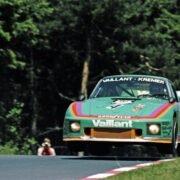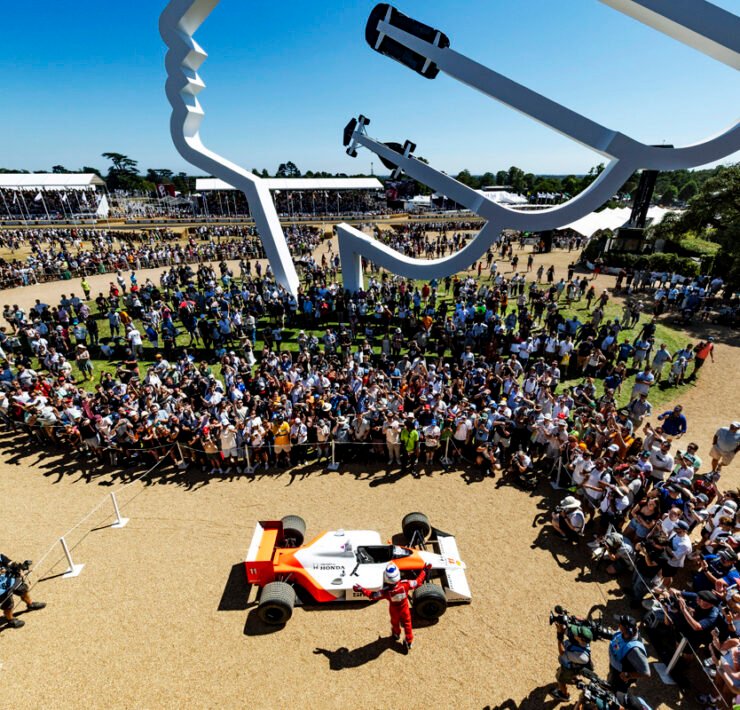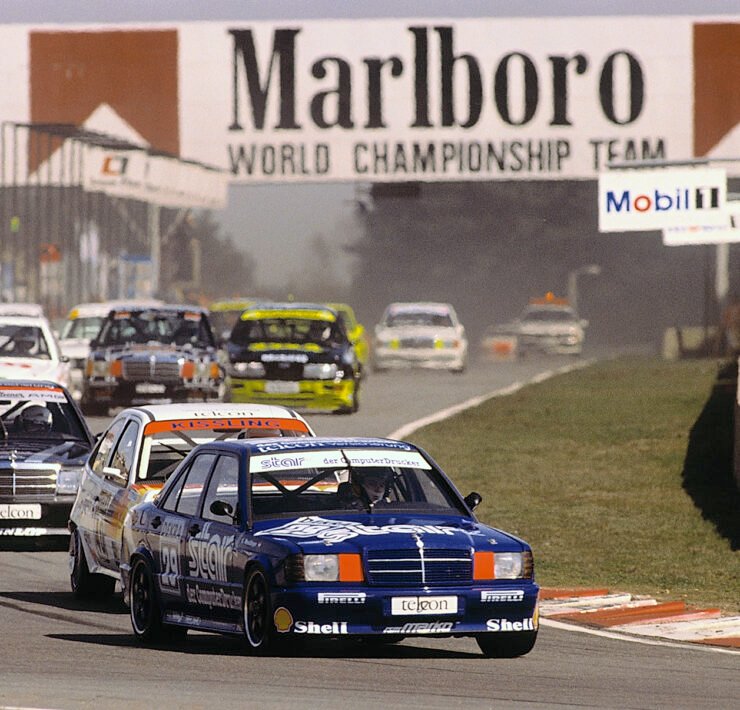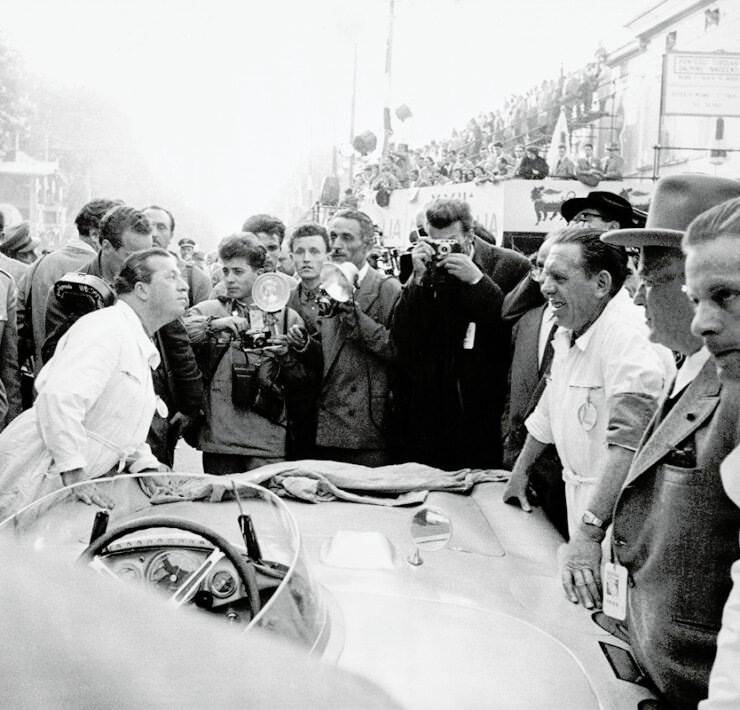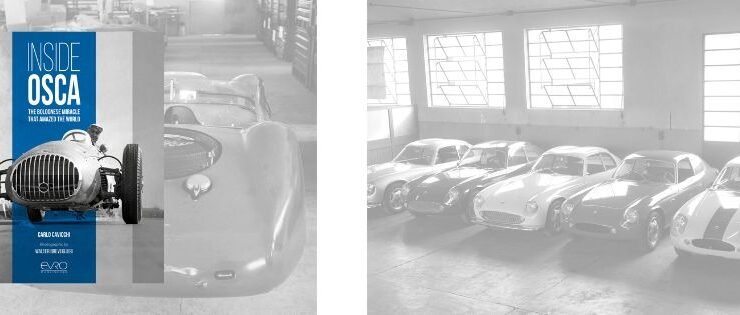



 +8
+8 “Mercedes has been a racing company from day one”
“Mercedes has been a racing company from day one”
“Mercedes has been a racing company from day one”
“Mercedes has been a racing company from day one”
“Mercedes has been a racing company from day one”
“Mercedes has been a racing company from day one”
“Mercedes has been a racing company from day one”
“Mercedes has been a racing company from day one”
“Mercedes has been a racing company from day one”
“Mercedes has been a racing company from day one”
“Mercedes has been a racing company from day one”
We sit down with Marcus Breitschwerdt, head of Mercedes-Benz Heritage, to talk about the conclusions of the 300 SLR Uhlenhaut Coupé sale, future plans and the value of racing cars. “We have no plans of selling it, and please don’t pin me down on it, but I’d say our Stirling Moss Mille Miglia-winning Mercedes 300 SLR has a value of at least a quarter of a billion dollars. At least.”
Since Marcus Breitschwerdt took over at the helm of Mercedes-Benz Heritage in 2022, his reign has been anything but quiet. As Breitschwerdt explains, all heritage activities (Museum and Mercedes-Benz Classic) are now positioned directly under Mercedes CEO Ola Källenius. This is part of a move where Mercedes wants to move back to its original positioning as a luxury brand. “The role we played in the past. We happily refer to our past to get the message across, both internally at Mercedes-Benz and externally.”

300 SLR Uhlenhaut Coupé sale
Of course, the move that kicked up the most dust was Breitschwerdt’s decision to sell what is considered one of Mercedes’ crown jewels. A strategy whereby the sale sponsors a training program for technical apprentices. “Remember, without scholarships, two of the three founders of our brand would not have had the opportunity to develop their talents to the full extent. Gottlieb Daimler and Wilhelm Maybach’s family backgrounds put them in a very restricted position.”

“Testimonial of mankind”
The sale on May 5th, 2022, concerned one of the two 300 SLR ‘Uhlenhaut coupés’ Mercedes retains, the second car remaining with the company, of course. At a specially organised auction within the Mercedes-Benz Museum, the Uhlenhaut coupé became the world’s most expensive car – sold in public – when it reached a price of 135 million euros (142 million dollars).
For the first time, a car was understood and dealt with as a piece of art
Marcus Breitschwerdt
“When the bids broke one hundred million euros, I understood what was happening. For the first time, a car was understood and dealt with as a piece of art. A testimonial of mankind and civilisation. When the hammer came down at 135 million, I had tears in my eyes,” Breitschwerdt tells us.

300 SL-value
Nonetheless, it was a controversial move that initially did not go down well within the Mercedes classic car community. In the meantime, we have witnessed how, as a consequence of the Uhlenhaut sale, prices for all Mercedes 300 SL models have gone up considerably. “At first, club members were quick to point out I shouldn’t sell the Mercedes heritage. But as the year progressed, many noticed how the Mercedes they kept in their garage became more valuable as well. Now, when they see me, I notice how the smiles have gotten bigger.”

C 111
More may be to come, says Breitschwerdt. A further car of interest may be the C 111 prototype. Mercedes owns all of these experimental gullwing prototypes from the seventies, which never became a production model. With different speed record to their name, they are legends in their own right. “If I were to put one of these cars out, I would put the value north of 40 million euros. As such, it would not be a record, but 40 million for a post-war Mercedes that never became a production car will get everyone’s attention. I think there is much value to be gained for many of our post-war Mercedes cars.”
Value of racing history
This leaves another question. The 300 SLR Uhlenhaut SLR was a pet project by a legendary Mercedes engineer, extravagant in every sense. And even though a race car was the basis, the SLR coupé was never raced. Owners of big-chip racing cars asked: ‘If this is the price for a car without a racing curriculum, then what is the worth of a car with racing history?’

‘722’
Breitschwerdt is quick to acknowledge that racing history does add to the value, and he does not shy away from naming numbers. “Please don’t pin me down on it. But I’d say that our 300 SLR with which Stirling Moss won the Mille Miglia in 1955 is worth at least a quarter of a billion dollars. At least. Not that we are thinking of selling it.”
Even if the focus with modern Mercedes is luxury, through its continued presence in Formula 1, Mercedes makes clear that racing is still an important part of the brand. “We have always been a brand that was present in racing. I don’t think many companies can show the results in racing we have achieved, not even here in Stuttgart.”

“The first Mercedes was a race car. It came about when businessman and amateur racer Emile Jellinek, approached Wilhelm Maybach with a request to adapt a car so he could race it. At the time, at the turn of the 20th century, cars had a high centre of gravity and a small wheelbase, and they had a tendency to flip. Jellinek asked for his car to be changed: longer wheelbase, wider so the engine could be positioned lower, more horsepower. Maybach fulfilled his request, and altered more things. He came up with the honey-comb radiator at the front, which saved 90 kilos. Jellinek won the race and asked to become a dealer. He ordered half a year’s production, which he sold under his daughter’s name: Mercedes.”
Blitzen Benz
“When we made the Blitzen Benz in the early 1900s, it was the fastest thing on the planet. Faster than a train, faster than a plane. Racing has always allowed us to push technology through performance. We challenged new frontiers, without people breaking their necks. That is where progress lies. We saw our Silver Arrows dominate the pre-war Grand Prix series. After the war, we also became successful in sports cars with wins in the Carrera Panamericana and the Le Mans win with the 300 SL in 1952. This led our American importer Max Hoffman to push the case of a racing car for the road, which became the 300 SL in both coupé form and roadster. Racing has always been crucial to us, and that remains the case to this day.”

If you want to see some of Mercedes’ racing heritage fly by, may we suggest this weekend’s Kilometre Lancé at the International St Moritzer Automobilwochen in Sankt Moritz, Switzerland? Here, you can see current F1 safety car driver Bernd Mayländer get behind the wheel of a Sauber-Mercedes C9 (1989). Mercedes-Benz Classic also brings a 1938 Mercedes 540K streamliner that was specifically developed for the 1938 Berlin – Rome speed run (that in the end never took place).
More on the ISAW program here.








